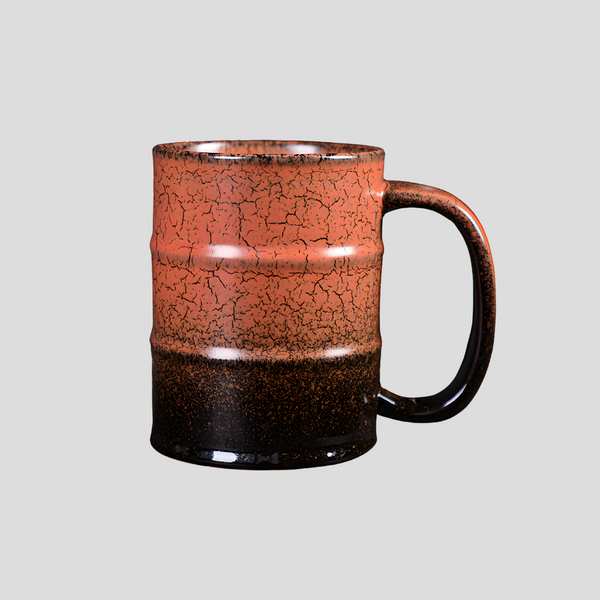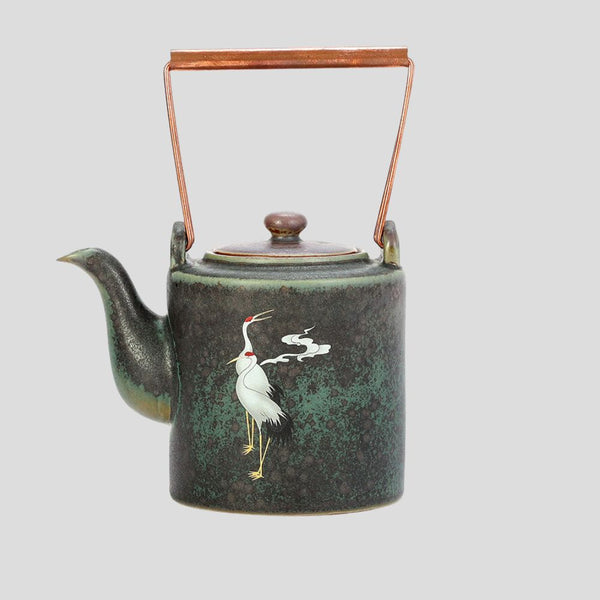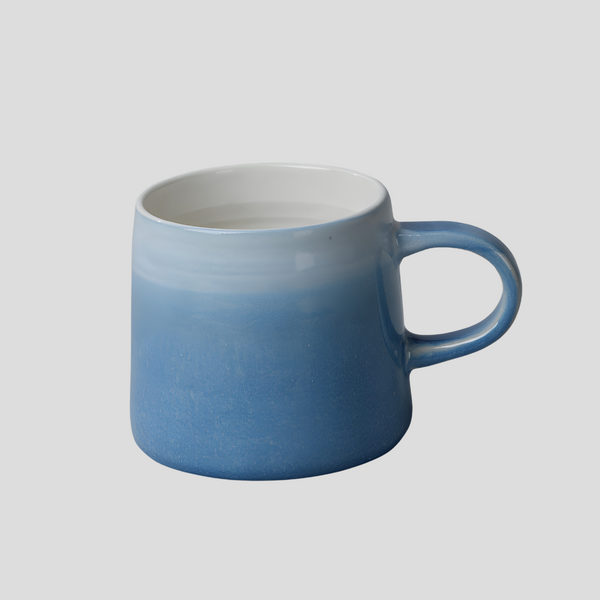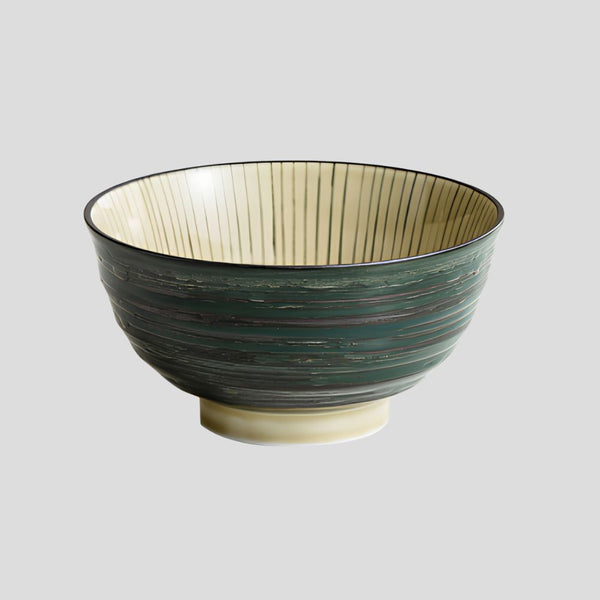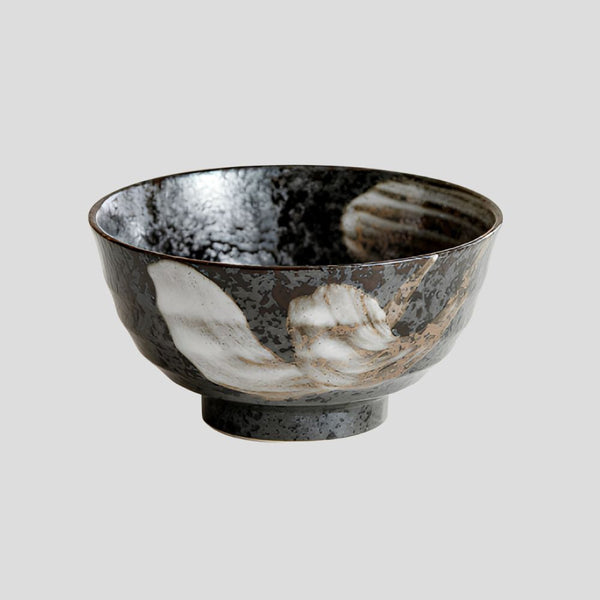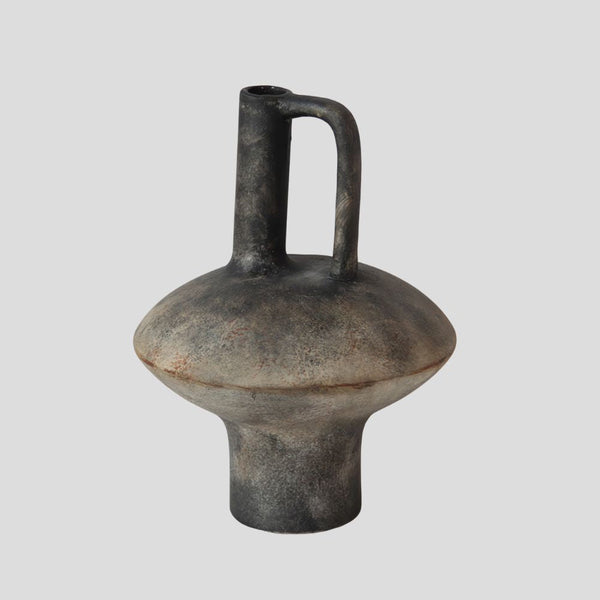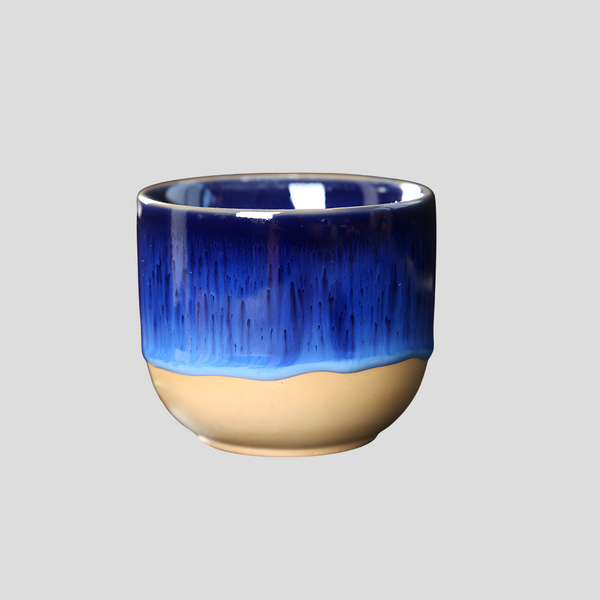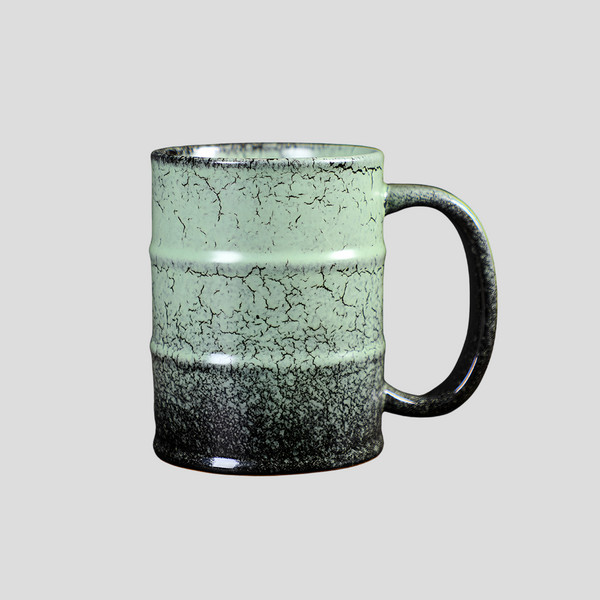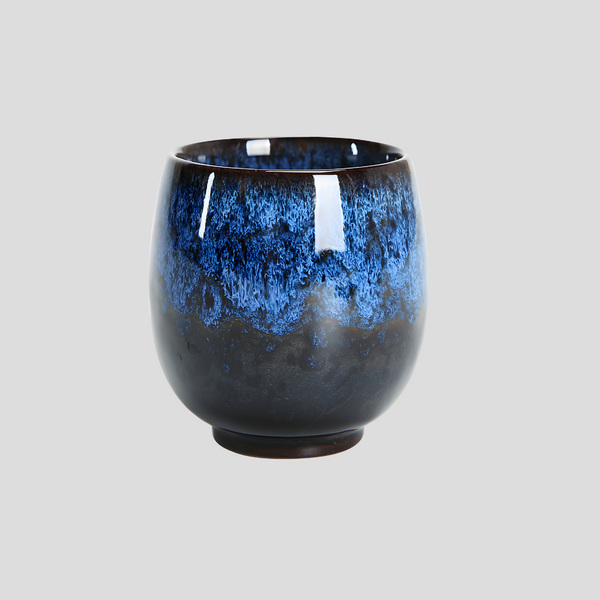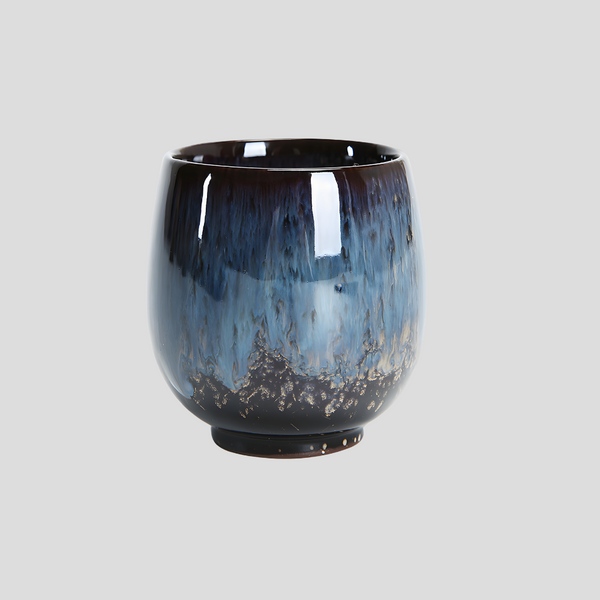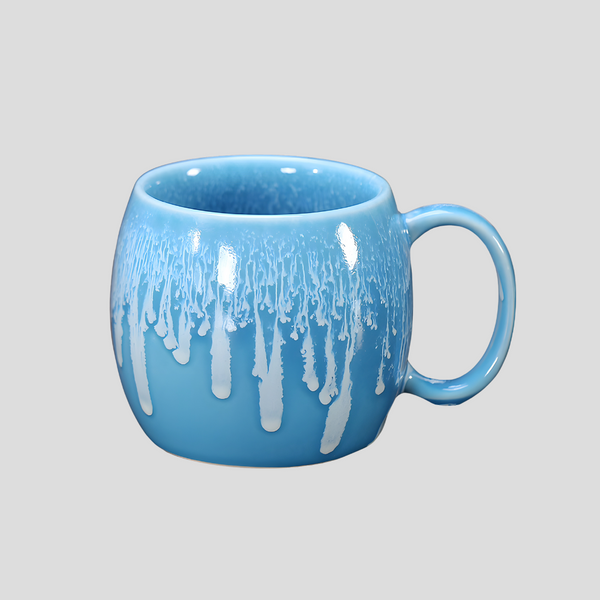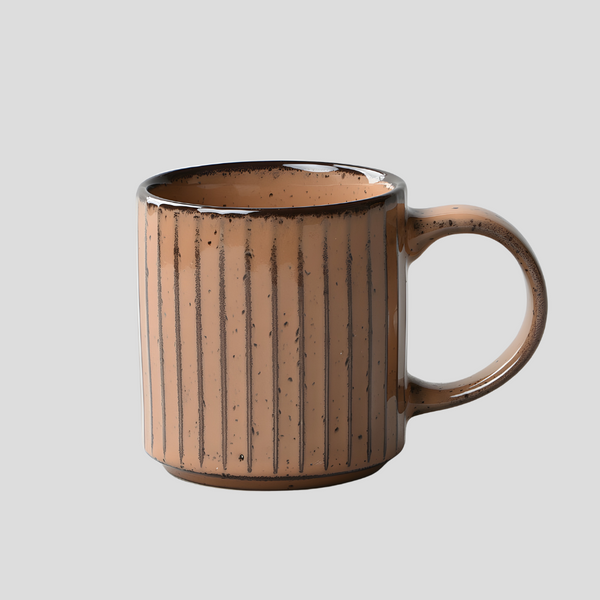
Mastering Hand-Thrown Porcelain Pottery: A Beginner's Guide
Mastering Hand-Thrown Porcelain Pottery: A Beginner's Guide
Hand-thrown porcelain pottery is an art form that dates back thousands of years, originating in China. Its beauty, precision, and the sheer joy it brings to both the creator and the viewer have made it a cherished craft worldwide. Mastering the art of hand-thrown porcelain pottery requires patience, skill, and an understanding of the material. This guide aims to equip beginners with essential knowledge and practical tips to embark on their porcelain pottery journey.
Understanding Porcelain
Porcelain clay is renowned for its fine texture, purity, and high firing temperature, which contribute to its strength and translucent quality. Unlike stoneware or earthenware, porcelain is less forgiving and demands precision in handling. Before you begin, familiarize yourself with the properties of porcelain clay, as its fineness and the need for a delicate touch can challenge even experienced potters.
Setting Up Your Workspace
Your workspace is where the magic happens. Ensure you have a comfortable pottery wheel, adequate lighting, and all the necessary tools within reach. These tools include various ribs, trimming tools, wire cutters, and sponges. A clean and organized workspace not only facilitates a smoother creative process but also ensures safety.
Wedging the Clay
Wedging porcelain clay is crucial to remove air bubbles and achieve a consistent texture. Given porcelain's fineness, take extra care not to introduce air bubbles during the wedging process. Use a methodical and gentle kneading technique, and ensure the clay has reached a pliable, yet firm consistency before throwing.
Centering and Opening the Clay
Centering the clay on the wheel is a fundamental step in hand-thrown pottery. For beginners, this might take some practice to master. Once centered, open the clay with steady hands, keeping your movements fluid and controlled. Remember, porcelain responds best to a light touch and patience.
Shaping Your Piece
Shaping your porcelain piece is where your creativity shines. Whether you're aiming to craft a slender vase or a wide bowl, maintain a steady wheel speed and consistent pressure with your hands. Porcelain's smooth texture allows for refined, delicate shapes, but be mindful of its tendency to collapse if overworked or if the walls become too thin.
Trimming and Finishing Touches
Once your piece has dried to a leather-hard state, it's time to trim. Trimming is essential for refining the shape, removing excess clay, and ensuring a stable base. Use a sharp trimming tool and work with care, as the fragile nature of porcelain requires a delicate hand. Finally, smooth any rough edges with a sponge, and consider adding carved or incised decorations to personalize your piece.
Firing and Glazing
Porcelain must be fired at a high temperature to reach its full strength and translucency. It requires a bisque firing followed by a glaze firing. When choosing glazes, opt for those compatible with high-fire porcelain. Transparent glazes, in particular, can highlight the natural beauty and delicacy of your work.
Mastering hand-thrown porcelain pottery is a journey that combines skill, artistic vision, and a deep respect for the material. Through practice, patience, and a willingness to learn from your mistakes, you can develop your unique voice in this exquisite art form. Embrace every step of the process, and remember, the beauty of porcelain lies not only in its final form but in the transformative journey it undergoes in the hands of the potter.
Click this link to check out our ceramic artwork!
